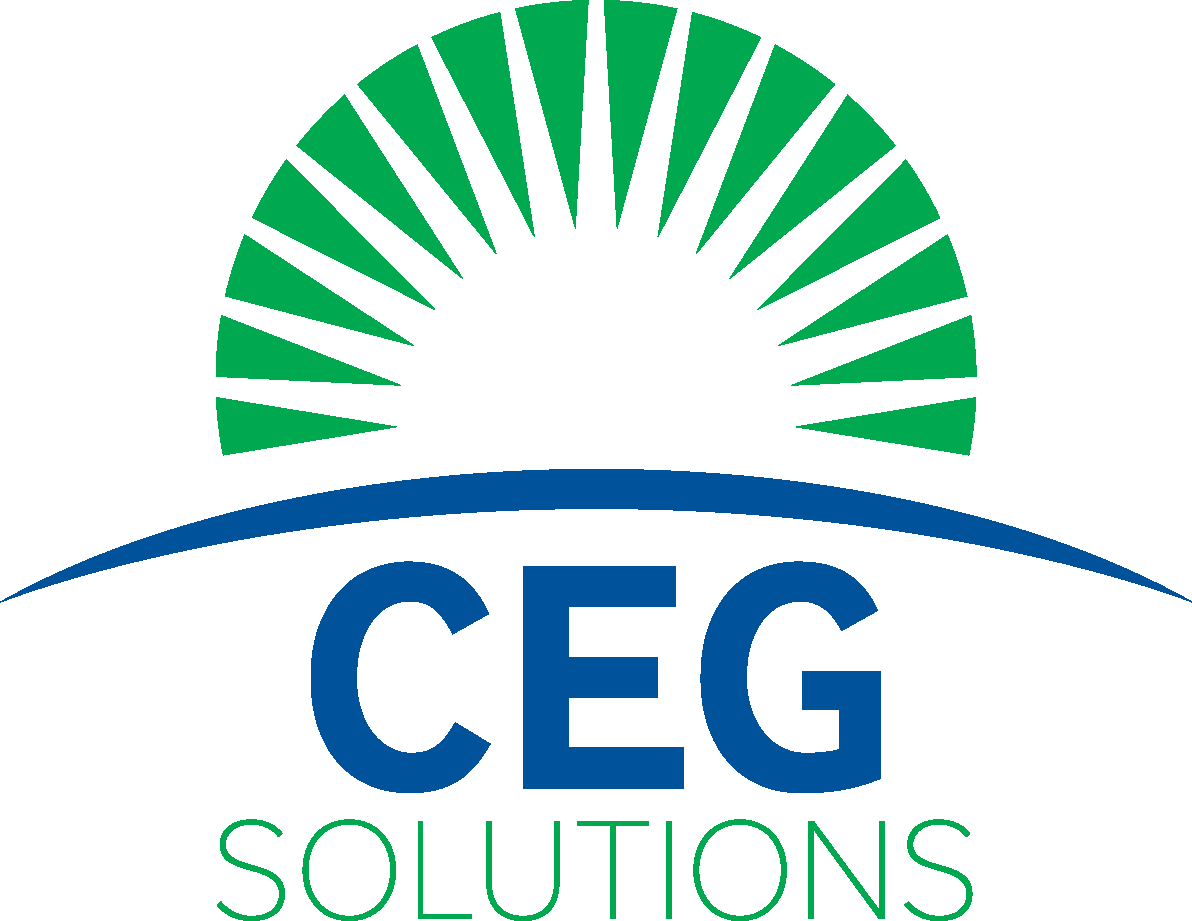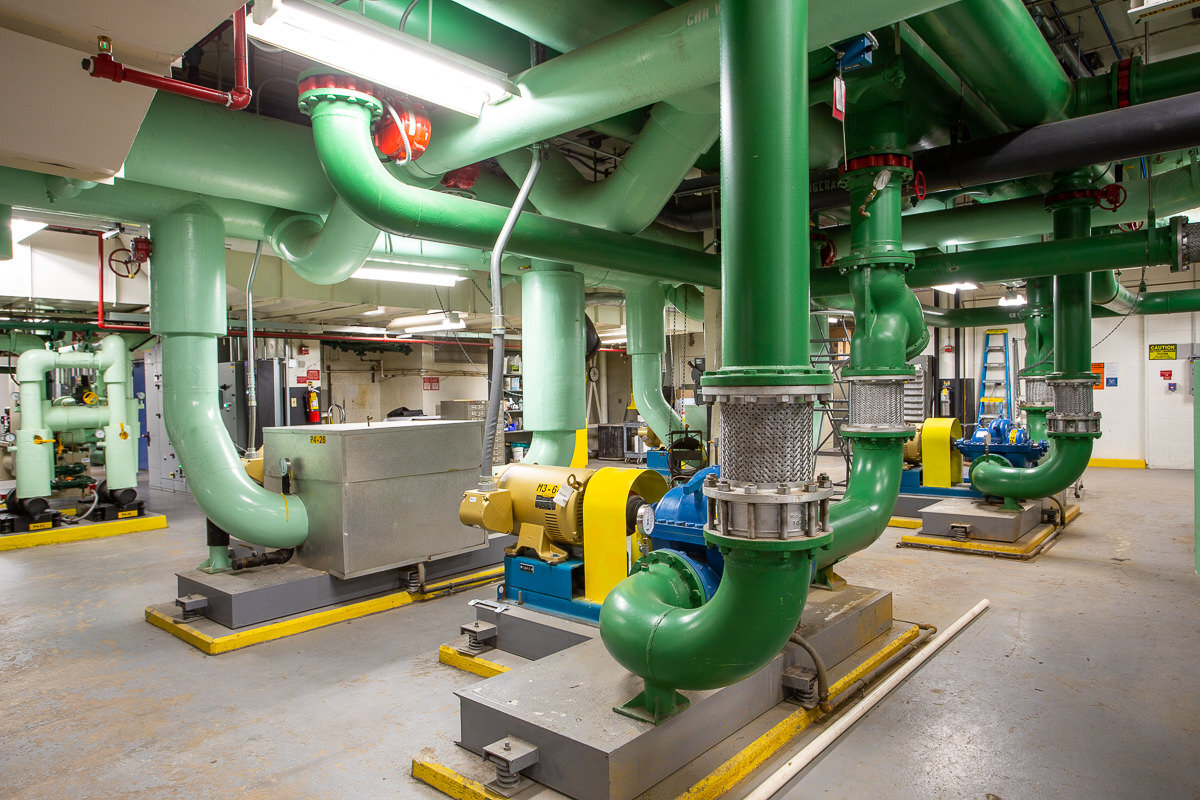
US Office of Personnel Management - Phase I
The Phase I project, together with an ongoing building upgrade project, reduced annual energy consumption by 22% and annual water consumption by 48% at TRB and FEI.
Verified Annual Savings: $400K and 8,951 MMBTU
Project Highlights
Integrated lighting and HVAC controls to automate occupancy-based setbacks
Leveraged recent building upgrades and air-side improvements to right size chiller plant for increased efficiency
Water Savings of 4.24 million gallons/year
Energy Conservation Measures
Lighting retrofits and advanced lighting controls
Daylight harvesting
Domestic water fixture replacements
Cooling tower controls upgrade
Kitchen appliance replacement
Chiller plant modernization and right-sizing
Variable speed pumping upgrades
Irrigation controls and upgrades
Demand-control ventilation
Utility rate adjustments
Project Background
CEG won a competitive solicitation in 2013 and began development of the first phase of a substantial energy efficiency renovation project with the US Office of Personnel Management (OPM) involving OPM’s portfolio of real estate in the District of Columbia and Virginia. The project specifically focused on OPM’s Theodore Roosevelt Building (TRB), a 10-story, ~1MM GSF office building in NW Washington D.C., and OPM’s Federal Executive Institute (FEI), a multi-facility executive training campus in Charlottesville, VA. The $11 million project was awarded in 2014 under the U.S. Department of Energy’s Energy Savings Performance Contract.
Solution
CEG worked with OPM’s facilities team to evaluate existing building systems, remaining equipment lifetimes, future expansion or renovation plans, and ongoing capital improvement projects. We collaborated with OPM to split the project into two large phases to capture significant utility savings quickly and align construction with occupant relocation plans. The Phase I project, together with an ongoing building upgrade project, reduced annual energy consumption by 22% and annual water consumption by 48% at these two facilities.
Results
Given OPM’s commitment to sustainability, both sets of facilities had previously undergone energy and water retrofits that implemented “low-hanging fruit” ECMs such as lighting upgrades and domestic water fixture upgrades. Despite this, we successfully identified numerous ECMs for both TRB and FEI that further reduced OPM’s energy and water consumption and utility expenditures. CEG gathered and analyzed 200+ datastreams from over 50 dataloggers and OPM’s BAS system. We tailored our analysis to model the future impacts of OPM’s planned renovations and space configuration changes so that we could incorporate these changes into engineering designs. This enabled us to right-size certain systems to reduce capital expenditures and increase efficiency.
“It takes a concerted effort for decision-makers to fully understand and appreciate the benefits of pursuing an ESPC project to achieve greater energy efficiency.”
Awards
The project has been recognized by the DOE for excellence and innovation.


